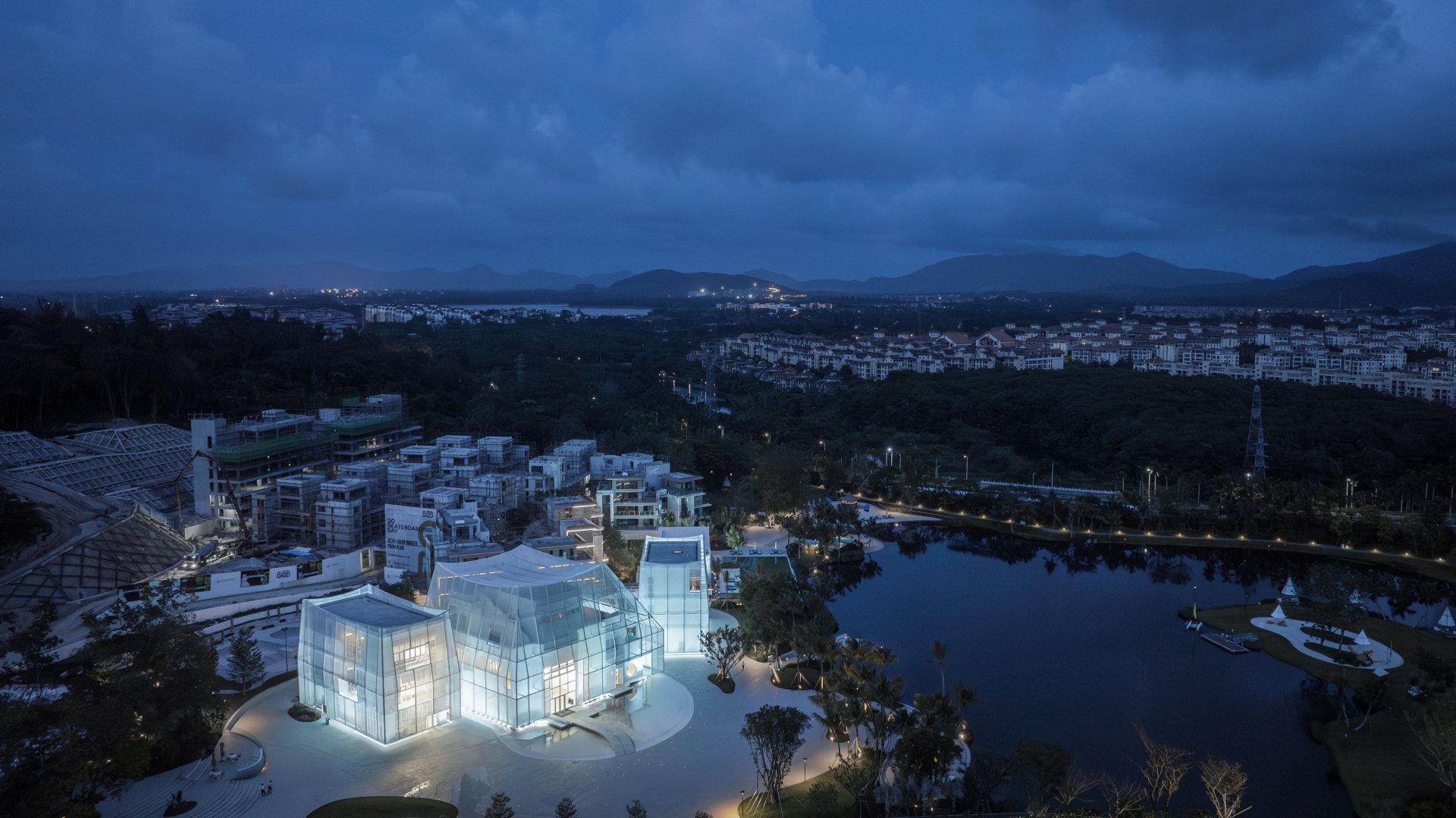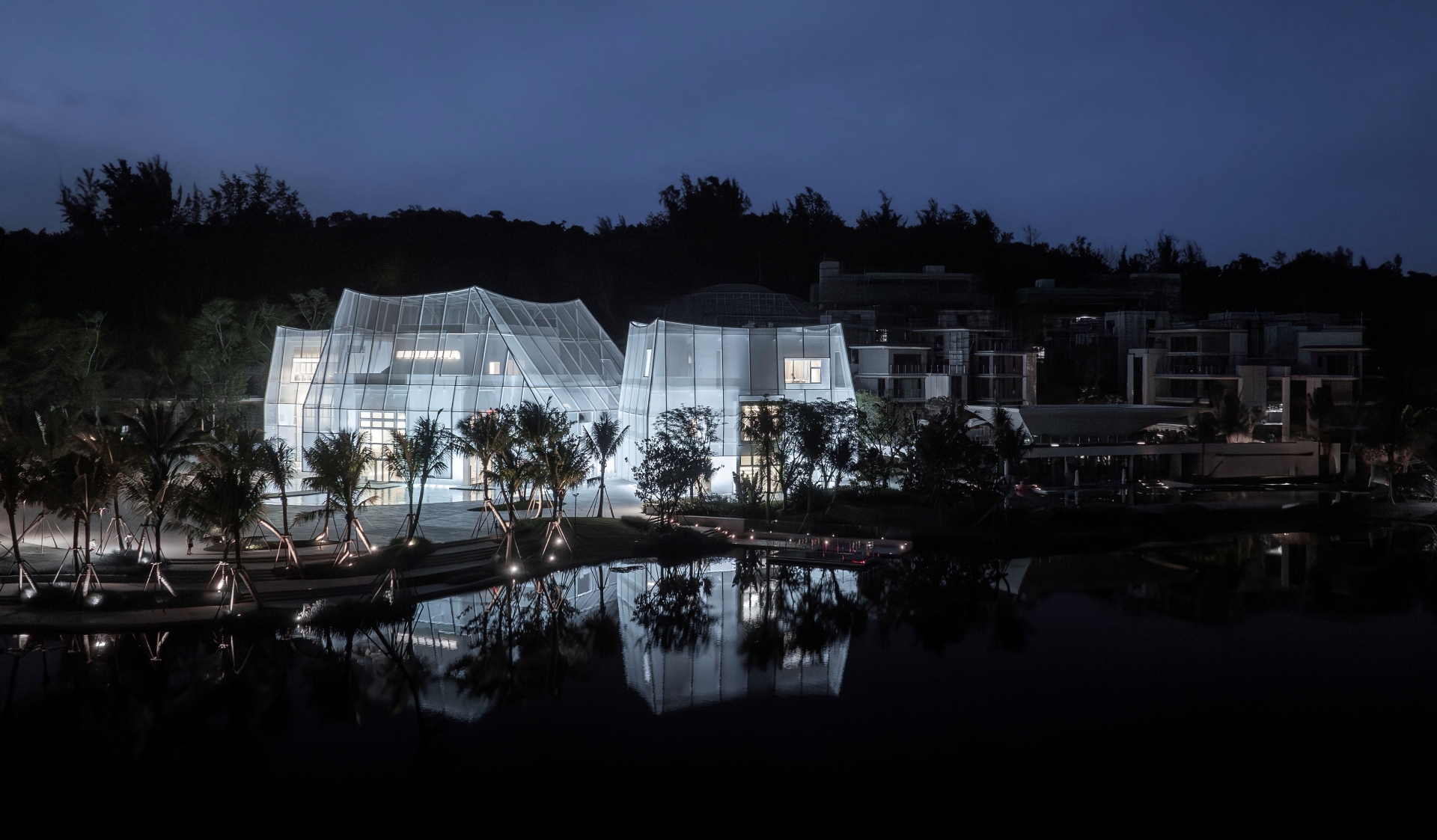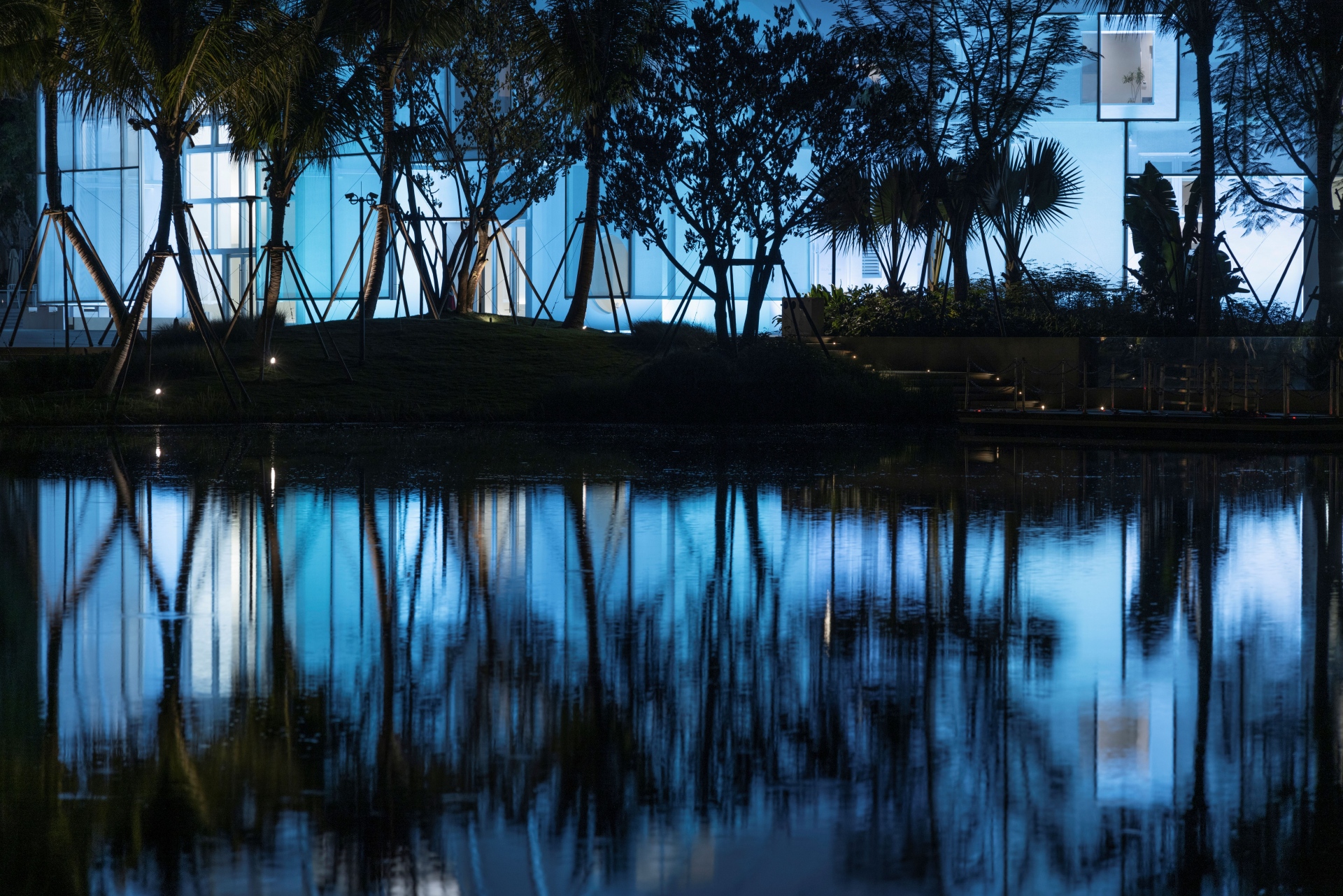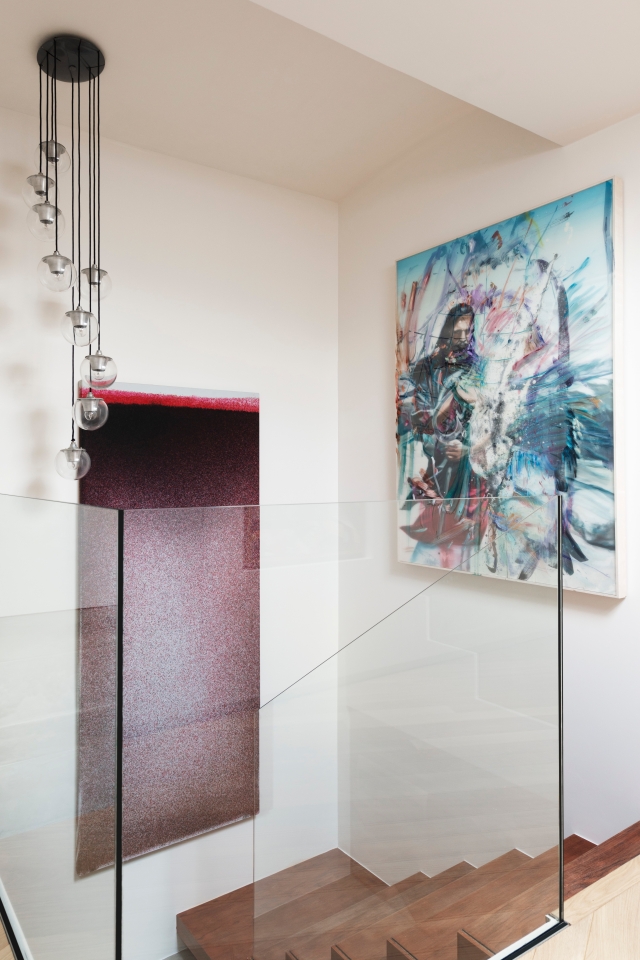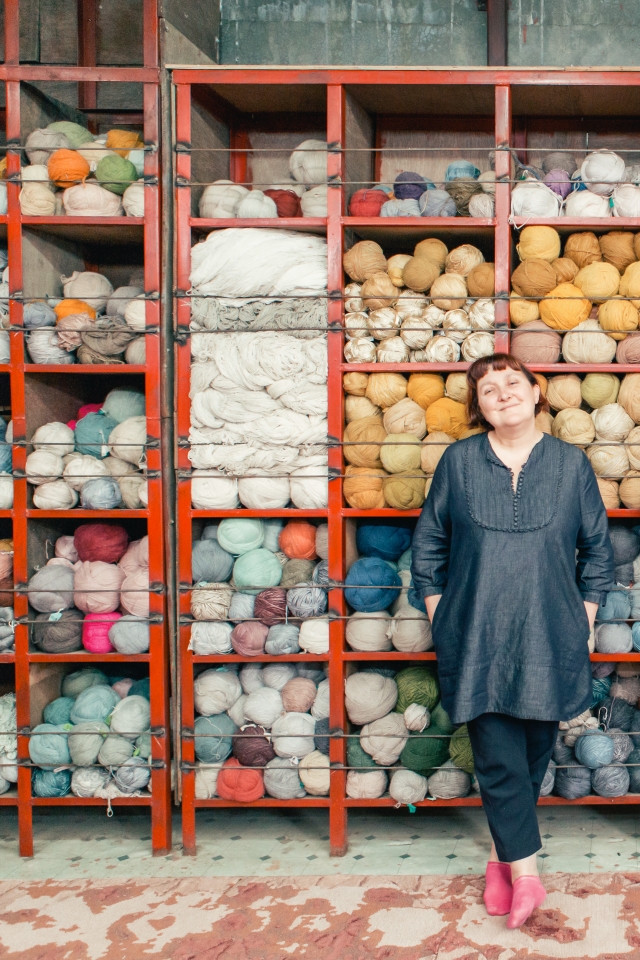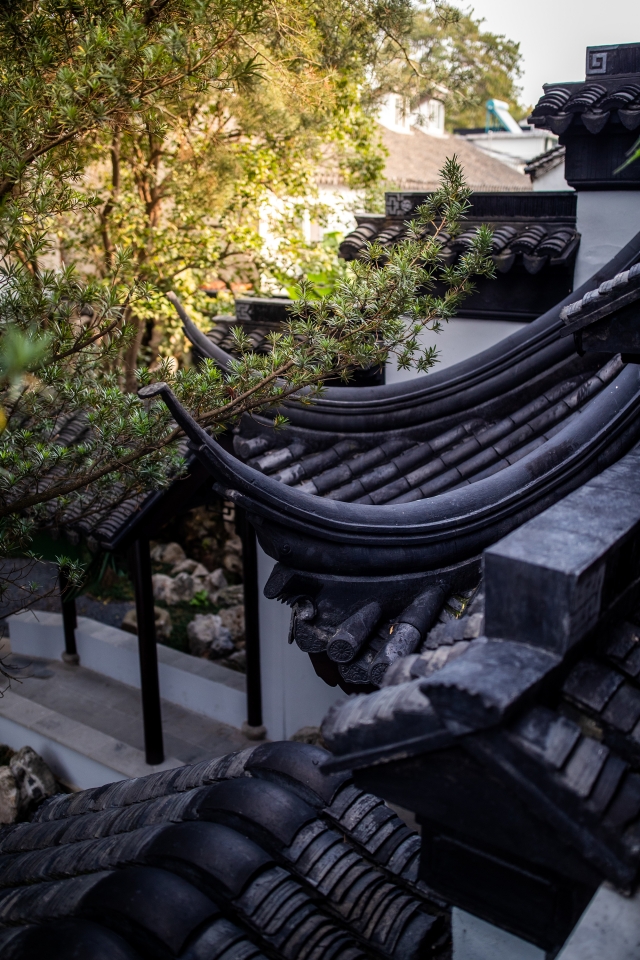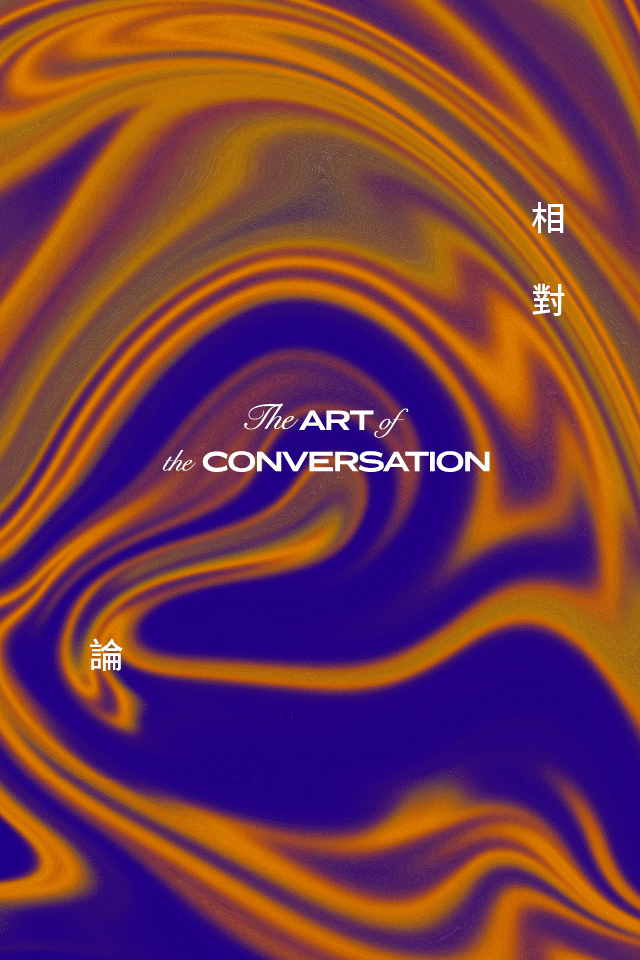The story of Flickering Peak is rooted in the rich tapestry of the region. Wutopia Lab's chief architect, Yu Ting, drew profound inspiration from the history of the coffee town, originally a plantation cultivated by overseas Chinese who returned from Indonesia amidst persecution. Their saga of exile, reclamation, and the creation of a thriving industry deeply resonated with the architect, becoming a personal emblem of triumph over adversity.
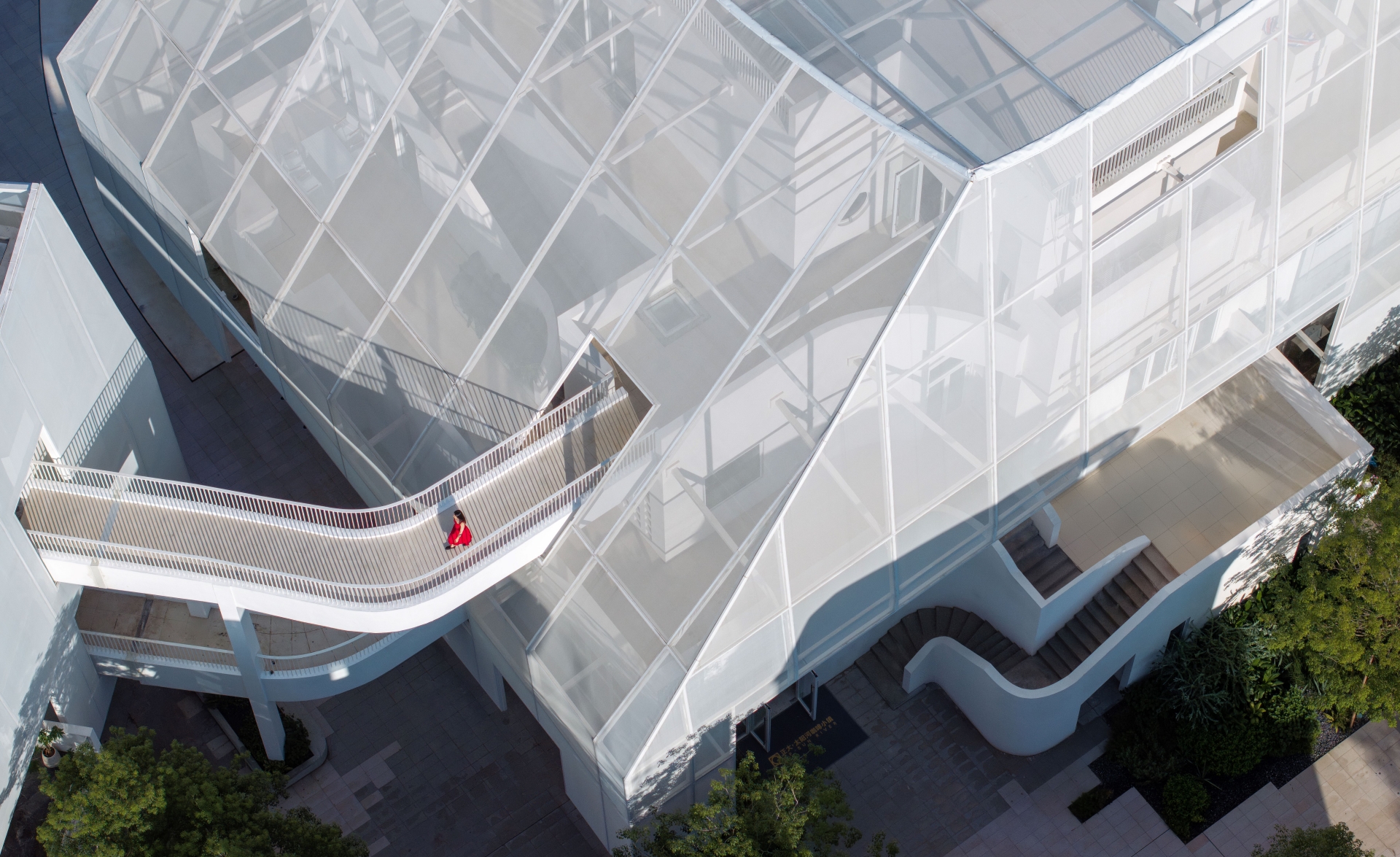
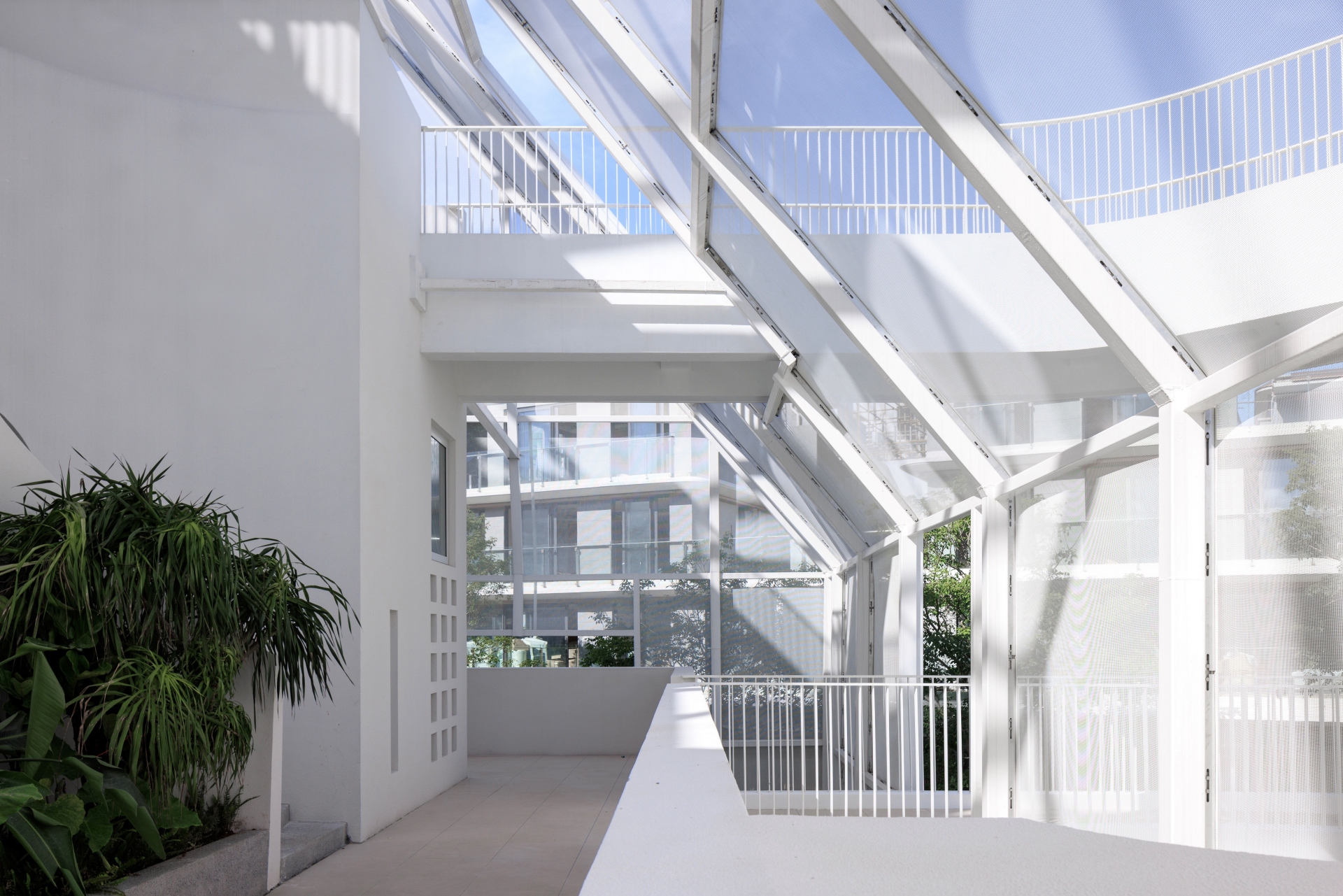
Facing the challenge of transforming a previously unsatisfactory design within stringent structural limitations, YU Ting envisioned a bold concept: to create a "sea" and "mountains" within the landlocked coffee town. The three existing building footprints became abstract mountains – two auxiliary structures for reception and office areas, and the central main building serving as the primary mountain, the core of the art center. In front of this main mountain, an artificial sea was conjured, a tranquil expanse that flows into the building's lobby, paying homage to the enduring spirit of the overseas Chinese and their aspirations for a prosperous future.
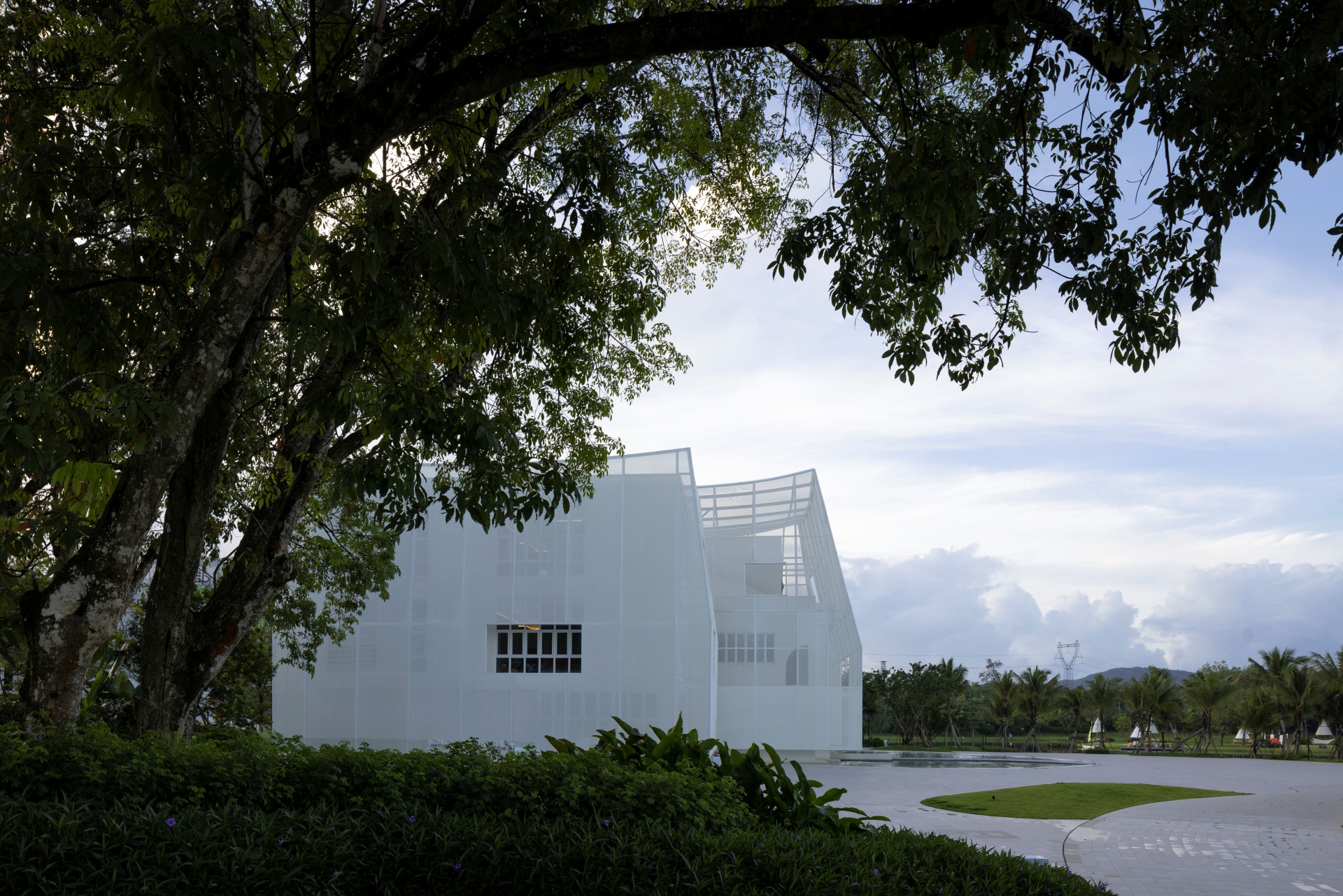
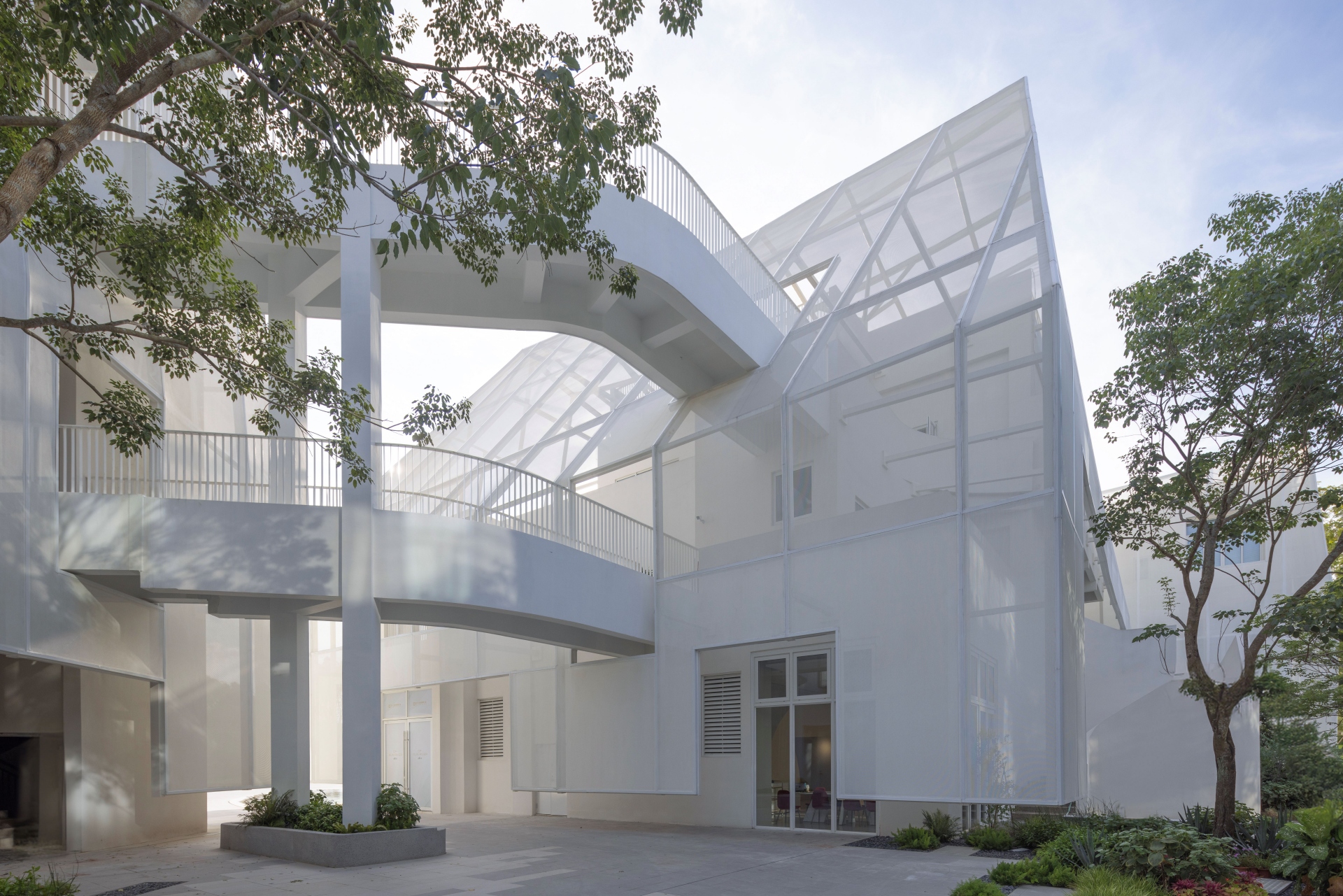
The journey through Flickering Peak is an ascent, an interweaving of indoor and outdoor spaces that transforms a conventional box-shaped building into a multi-layered mountain. Visitors embark on a deliberate climb, traversing boardwalks over the "sea" to enter the main lobby. Inside, two distinct routes ascend the structure, leading through coffee reception areas, exhibition spaces dedicated to the overseas Chinese, and culminating on an outdoor platform offering panoramic views. A hidden coffee garden on the rooftop provides a serene finale, overlooking the entire town. This intricate "mountain construction" defines every detail of the design, creating a fluid and immersive experience.
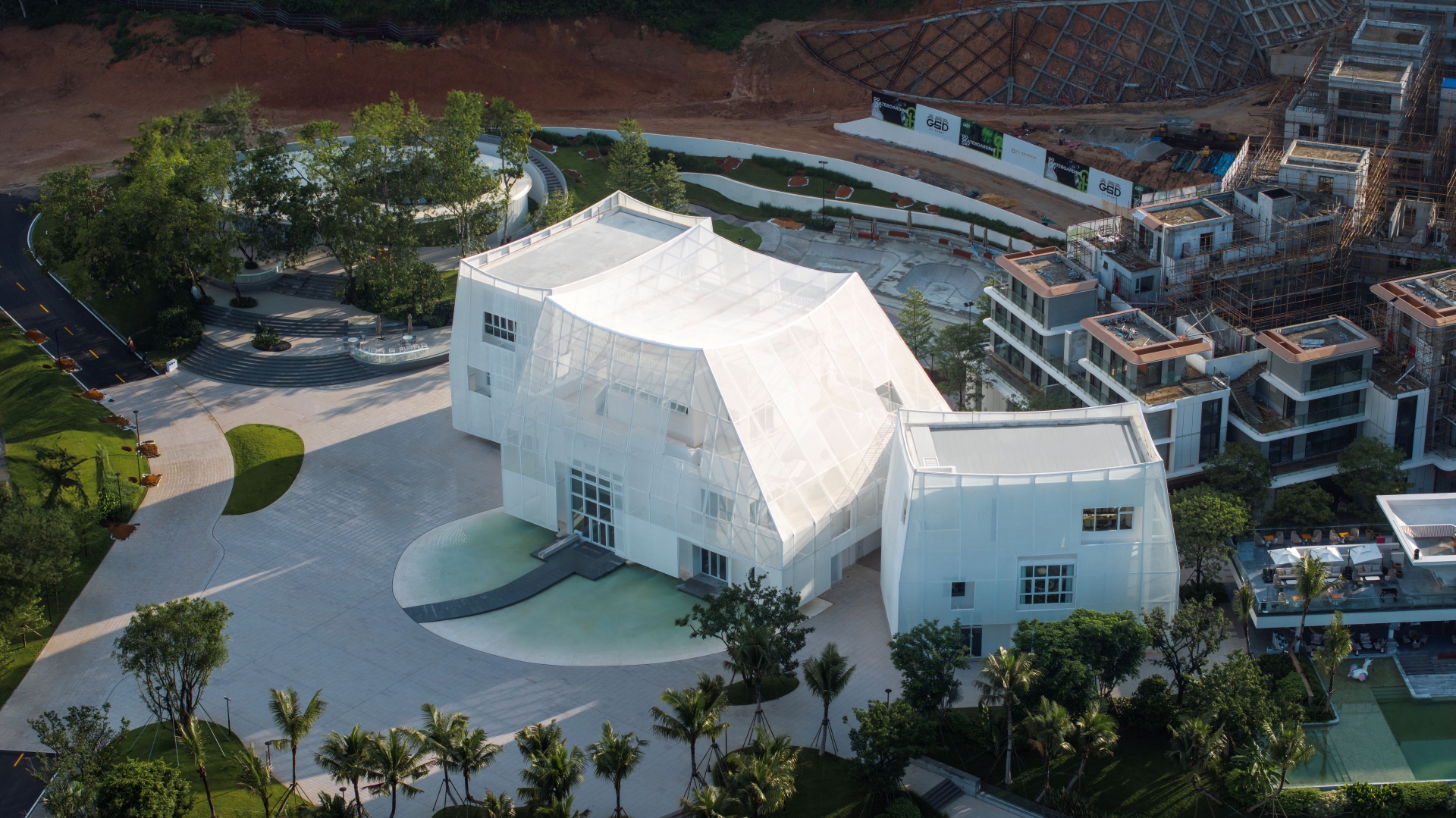
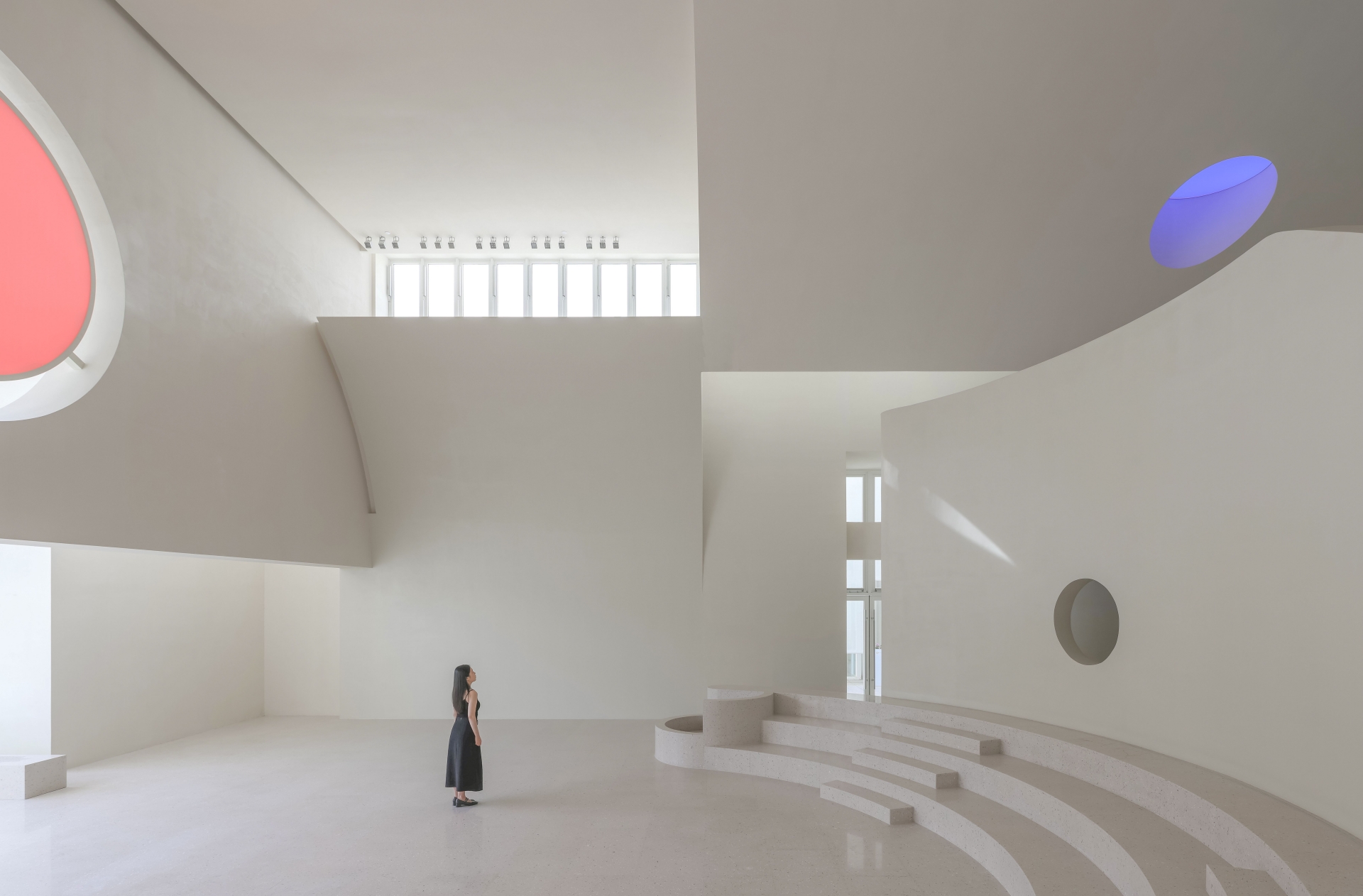
One of the most striking design choices is the "addition as subtraction" approach. To unify the visually disparate original structures and elevate them from their busy surroundings, Yu Ting enveloped each of the three buildings in a semi-transparent shell. These lightweight Ferrari membranes, with varying perforation rates, transcend the functional facades to independently sculpt abstracted mountain peaks. This ingenious solution creates a dramatic visual impact while simultaneously highlighting the art center within its complex backdrop. The space between the original building and its new shell forms a naturally shaded "grey space," a concept rooted in traditional Chinese architecture and a testament to Wutopia Lab's innovative exploration of climatic and visual boundaries.
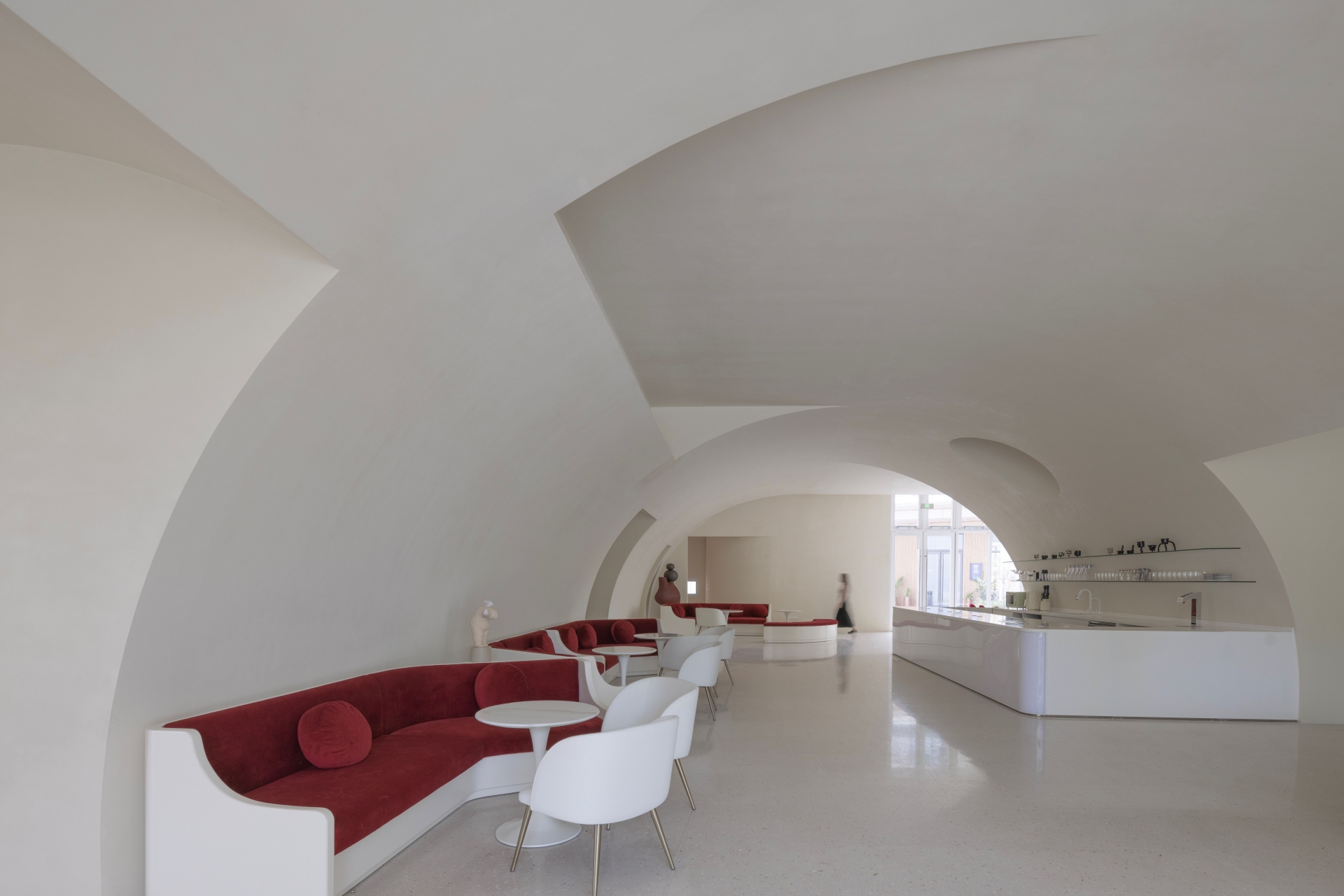
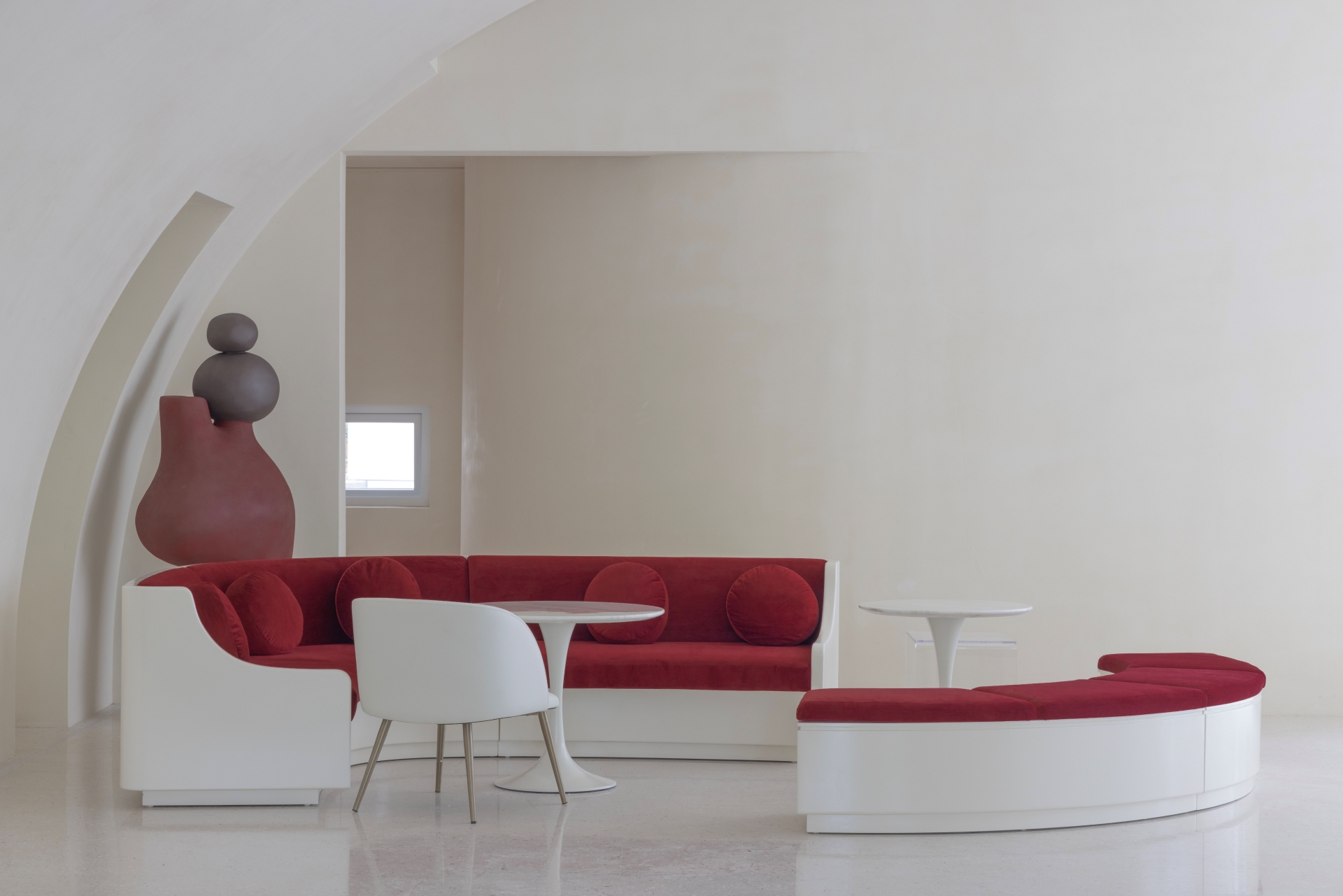
The choice of translucent membranes was not merely aesthetic; it was a pragmatic response to structural load restrictions. These lightweight materials, gradually increasing in transparency from bottom to top, create a mesmerizing "flickering effect" under the Hainan sun – the very origin of the name "Flickering Peak."
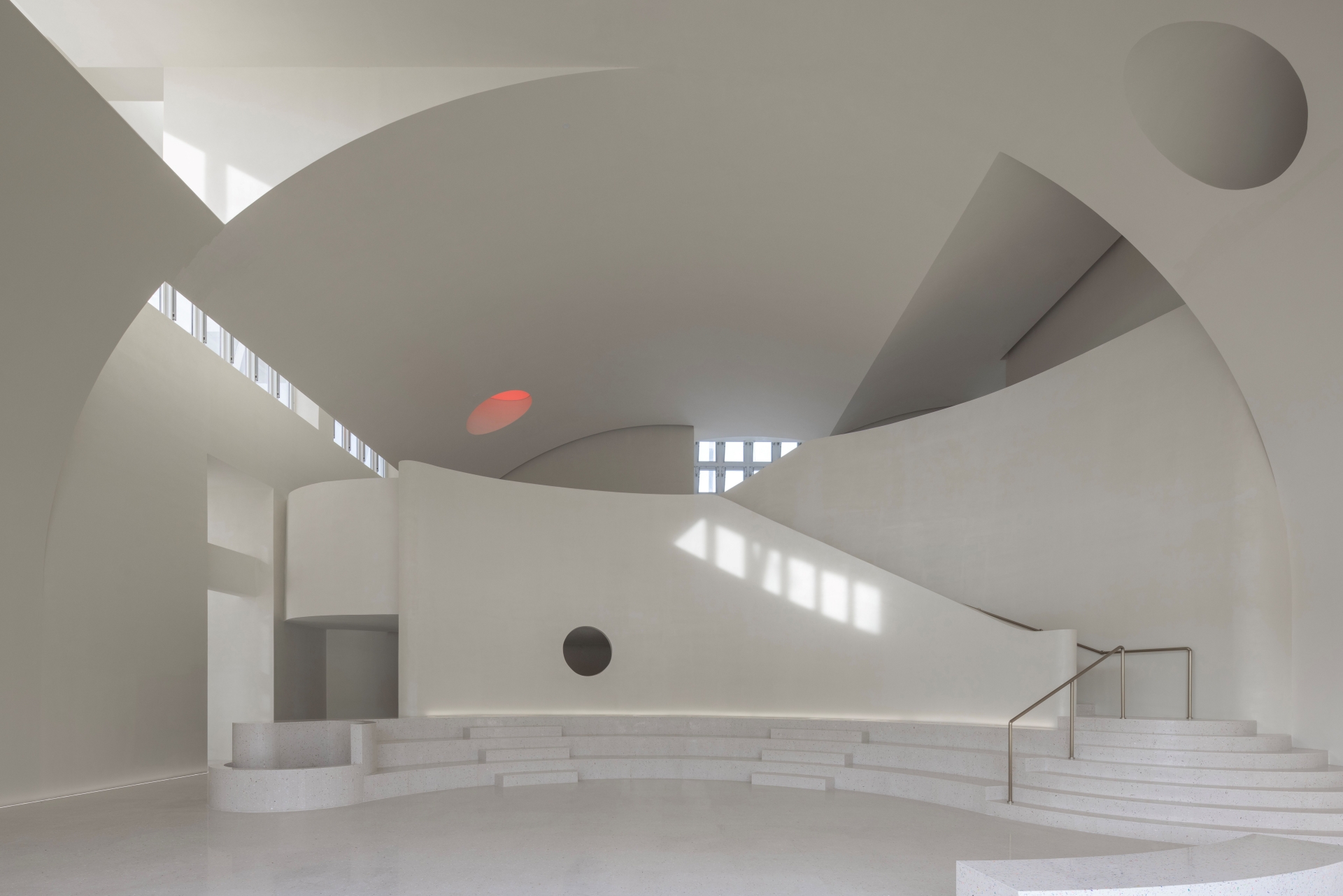
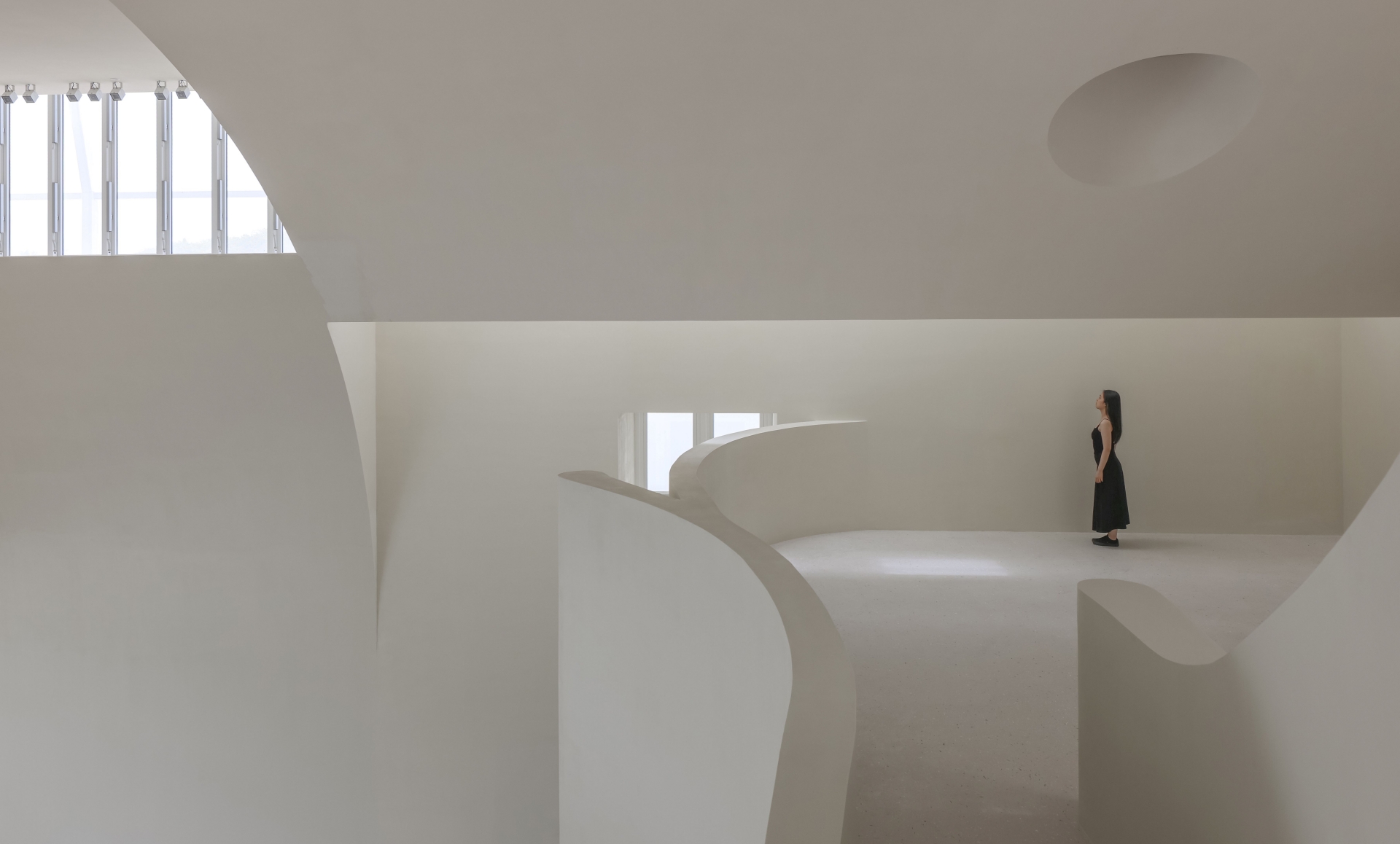
The design is rich with "intertextuality," where natural elements are abstracted and combined with architectural components to create a layered narrative. Caves and arched lobbies, mountain paths and outdoor stairs, sun and glass windows, water channels and landscaping – all contribute to a super intertextual relationship between the art center and the concept of a mountain, inviting interpretation and discovery of history, myth, and architectural language.
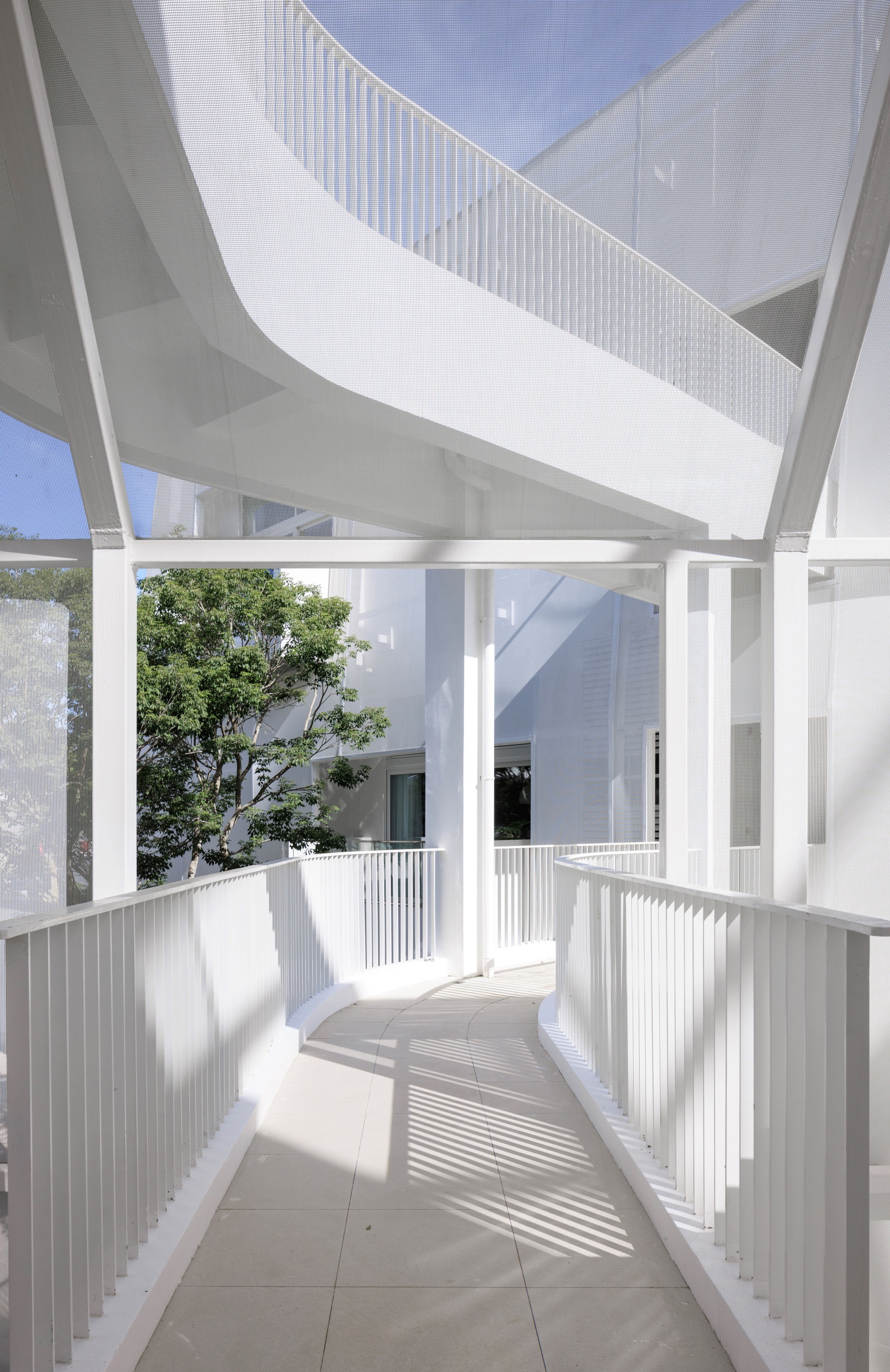

The transformation of Flickering Peak is particularly dramatic from day to night. During the day, the white structure reflects in the white pool, evoking a sense of sanctity. By night, however, with the collaboration of lighting designers, the translucent edifice transforms into a vibrant "mountain of lights." Different colors symbolize rich and diverse desires, creating a temporary materiality that contrasts with the immediate sanctity of daylight. Inside the main lobby, a high-saturation lighting design – a red sun against a blue background – evokes the spirit of Rothko, generating an immediate sanctity that is both unique and deeply meaningful. This celebration of spontaneous sanctity in material life, a core philosophical moment in traditional Chinese architecture, is powerfully expressed in Flickering Peak.
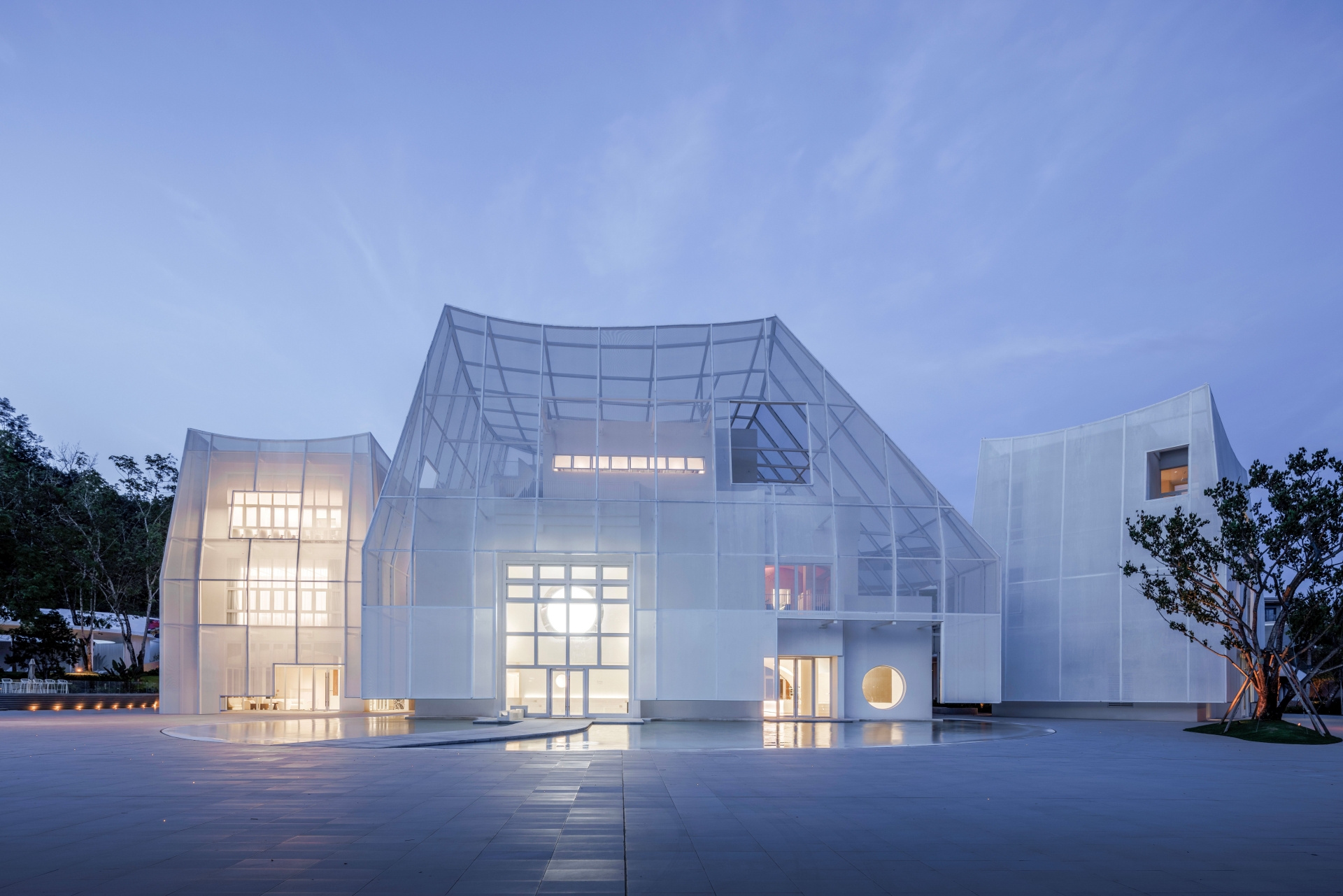
More than just a building, Flickering Peak is an "event" – a super text that encapsulates memory, legend, limitation, hope, and common architectural knowledge. It is a testament to the power of design to intervene in society, intertwining interpretations and rewriting cultural habits.
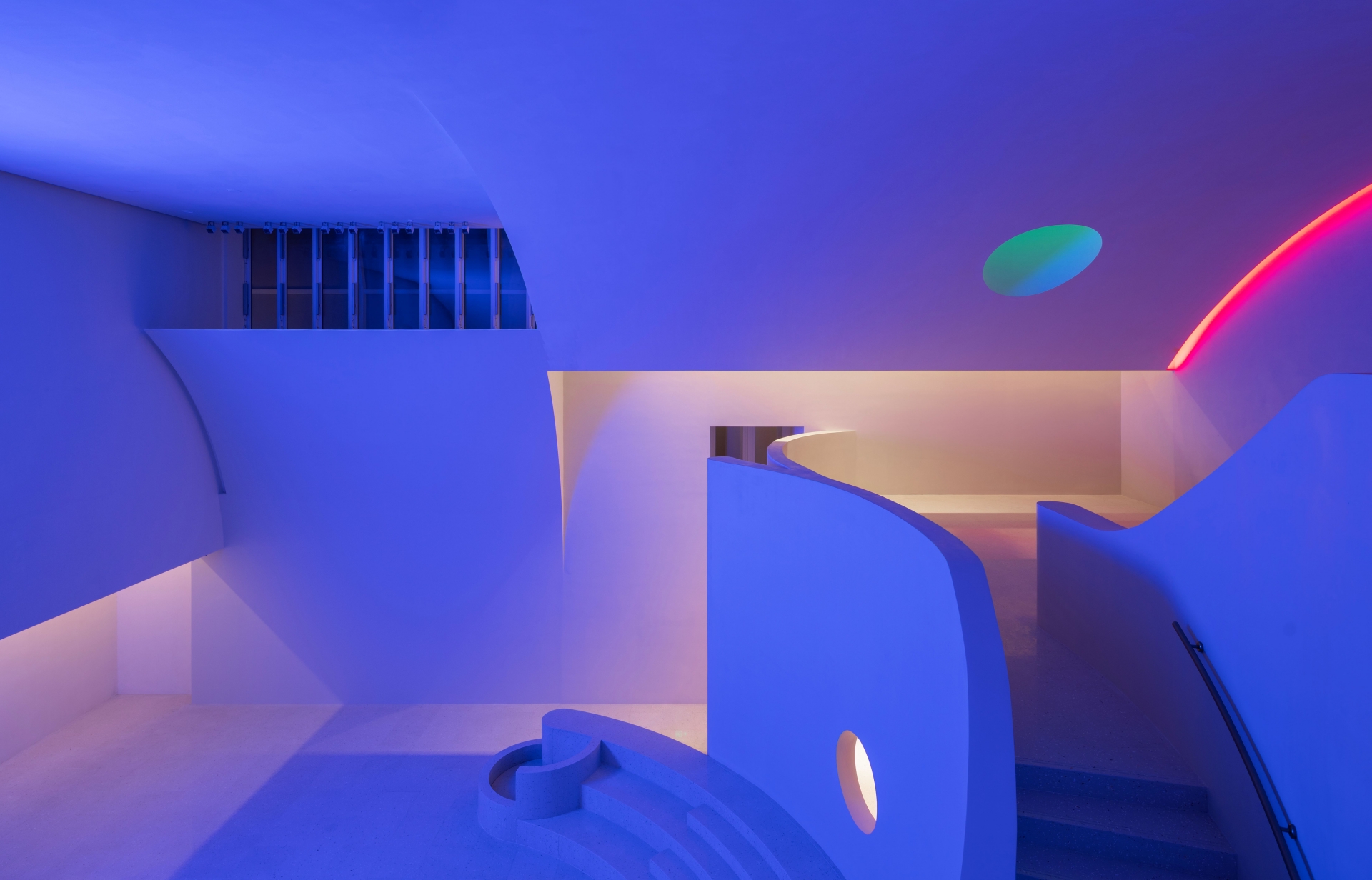
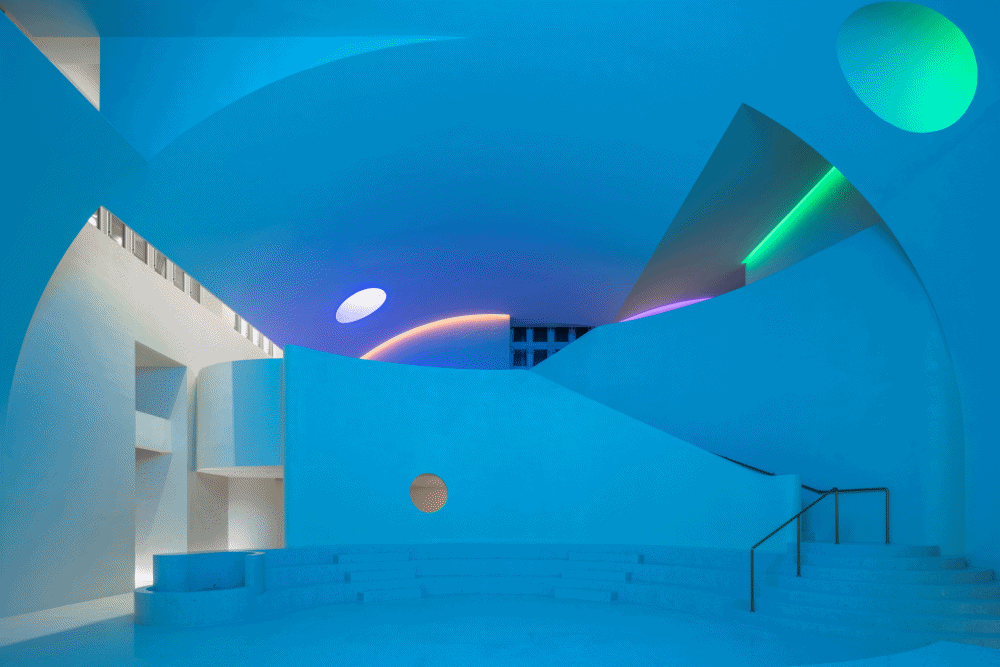
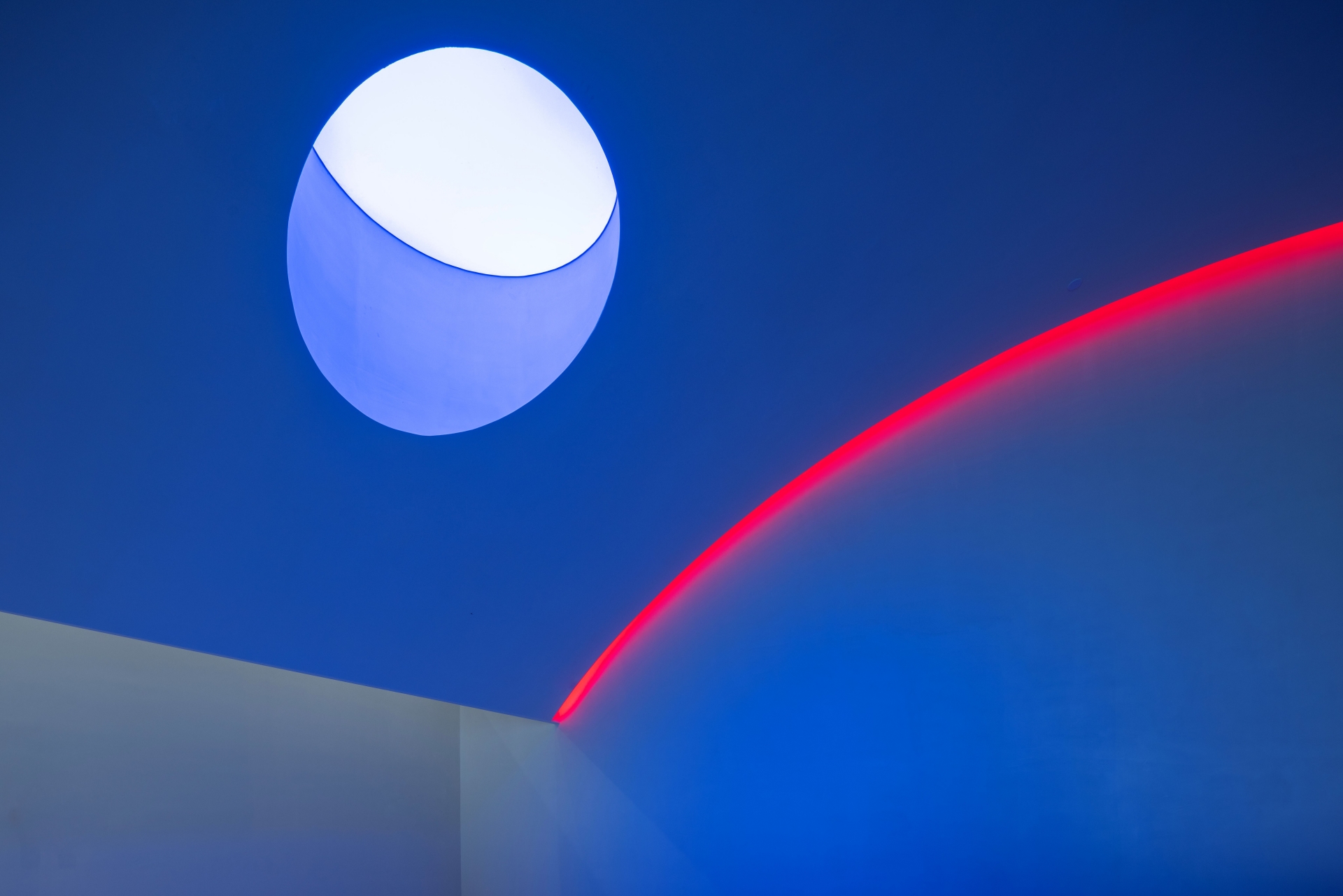
As Thomas Mann eloquently put it, "A spiritual (that is, meaningful) phenomenon is meaningful precisely because it transcends the limitations of the self, expressing and symbolizing something broader and more universal in spirit." Flickering Peak embodies this very essence, a miracle of design in a coffee village, offering a tangible manifestation of hope and a profound connection to human endeavor.
